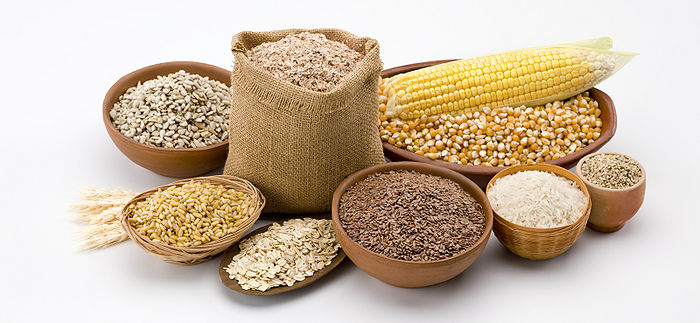Difference between revisions of "220b-winter-2016/hw3"
From CCRMA Wiki
| (One intermediate revision by the same user not shown) | |||
| Line 1: | Line 1: | ||
= Homework #3: "Granular" = | = Homework #3: "Granular" = | ||
| − | * milestone '''due 2016.2. | + | * milestone '''due 2016.2.16 Tuesday, in-class''' |
| − | * final composition '''due 2016.2. | + | * final composition '''due 2016.2.22, Monday, 11:59:59''' |
| − | In this assignment, you are to explore and make use of Granular synthesis: 1) | + | In this assignment, you are to explore and make use of Granular synthesis: 1) experiment with time-varying control over its parameters and 2) create a musical statement; it may be helpful to craft a live granular experimental testbed using physical input (keyboard, mouse, and/or joystick). |
<div style="text-align: left;">[[Image:MultiGrains.jpg|700px]]</div> | <div style="text-align: left;">[[Image:MultiGrains.jpg|700px]]</div> | ||
Latest revision as of 01:14, 10 February 2016
Homework #3: "Granular"
- milestone due 2016.2.16 Tuesday, in-class
- final composition due 2016.2.22, Monday, 11:59:59
In this assignment, you are to explore and make use of Granular synthesis: 1) experiment with time-varying control over its parameters and 2) create a musical statement; it may be helpful to craft a live granular experimental testbed using physical input (keyboard, mouse, and/or joystick).
Tools at your disposal
- ChucK
- LiSa (Live Sampling); use multiple instances for layering / panning OR roll your own granularizer!
- check out instrument redux and source sound from Twilight for laptop orchestra
- recorded sounds (any, please give proper credit)
- Audacity/Ardour (for intermediate + final recording/assembly)
Specification
What to do:
- 1) spend some time exploring and collecting different sounds (online or recording them; check out freesound.org)
- give proper credit as appropriate / note the origin of the sounds in your README
- 2) process/transform/arrange/compose.
- check out the code examples from class here
- use ChucK / LiSa to process/transform/arrange the sounds
- plan and create time-varying, continuous control over at least 2 parameters in the synthesis process (grain length, grain tuning, grain position, volume, envelope, density, or other)
- 3) think about using granular synthesis to create foreground musical gestures, soundscapes, layers
- 3) as before the bulk of the arranging should be done in ChucK, with intermediate editing and late-stage assembly in Audacity
- figure out what you want to do, experiment, try a lot of stuff, have fun
Deliverables
As usual, turn in all files by putting them in your Library/Web/220b/hw3/ directory + uploading to coursework
- 1) create a hw3/ directory, and put all the stuff below in there:
- 2) all related source/sound files (.wav/.ck)
- 3) a short README text (readme.txt) file that:
- specifies instructions on running your programs
- describes your process/adventure, and perhaps the ideas (technical/aesthetic) behind the composition
- gives credit, if needed, for the sounds you are using
- describe any difficulties you encountered in the process
- 4) upload files to dropbox on coursework
- 5) email Ge and Tim (ge@ccrma, tsob@ccrma) with the URL of the web page
Thanks and have fun!!!
